Written by Will
Hopefully you’re all clued up on the basics of tea and the parts of the Camellia Sinensis plant it's made from. If not, check out our previous article ‘What Is Tea?’ here.
In this piece, we’re going to dive a bit deeper into the tea plant to discover its many unique varieties that grow all around the world, as well as some of the most famous kinds of tea they produce. We’ll also round up with a few keys tips on how to use this knowledge to help you choose a high quality tea. So, let's get started...
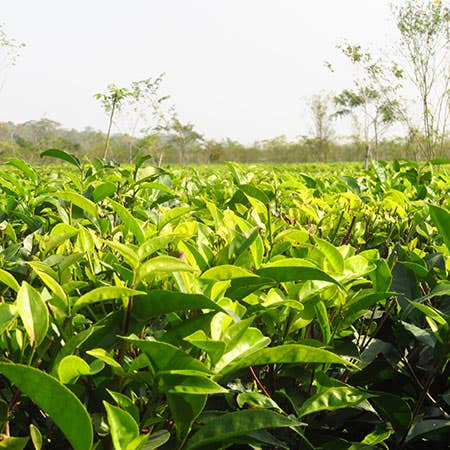
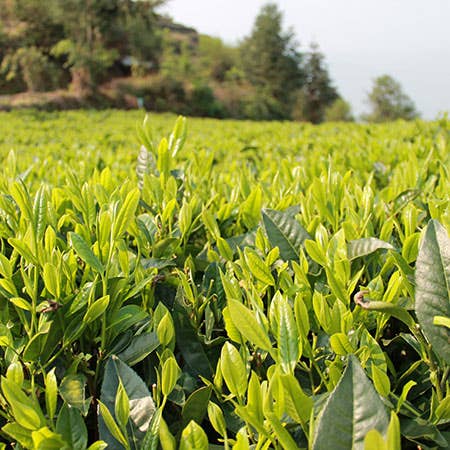
Varietals & Cultivars – What’s the difference?
There are two major varietals of Camellia sinensis. The ‘India bush’ – known formally as Camellia sinensis var. assamica – which was first identified in the Assam region of India. The ‘China bush’ – aka Camellia sinensis var. sinensis – flourishes all over China. Two other varietals: Camellia sinensis var. dehungensis and Camellia sinensis var. pubilimba are predominantly found in Yunnan in China and used to make Puerh tea.
Each of these varietals were discovered in the wild and are not exclusive to the countries that give them their names – they have also been found in Laos, Myanmar, Vietnam and Thailand.
Thanks to its larger, hardier leaves the assamica bush is prominent in black tea and puerh tea production, where bold, robust flavour is a priority. The lighter-bodied leaves of the China bush make it well suited to production of all tea types.
From these varieties, tea farmers and scientists over the centuries have grown their own breeds of the tea plant. These are ‘cultivars’ – short for ‘cultivated varieties’ – because they are varieties that exist only because of human intervention. There are now more than 1,500 cultivars, each of them developed by someone planting a few seeds, selecting the strongest plants with the best flavours, then taking cuttings and re-planting.
Each cultivar is optimised for specific growing conditions and production methods. Together with the terroir (the tea’s local culture and environment), they are crucial to creating the rich array of aromas, flavours and textures in a cup of loose leaf tea.
To give you an idea of what can be involved in producing a tea cultivar, here are the stories behind five of the most well-known cultivars…
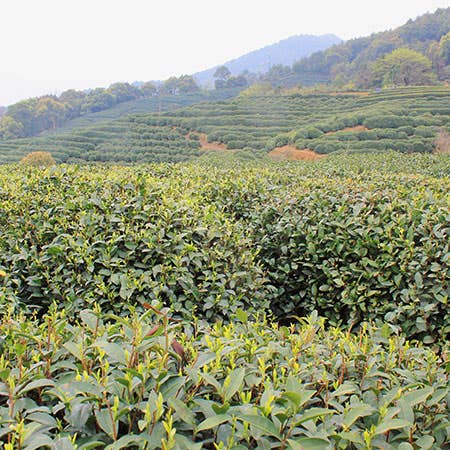
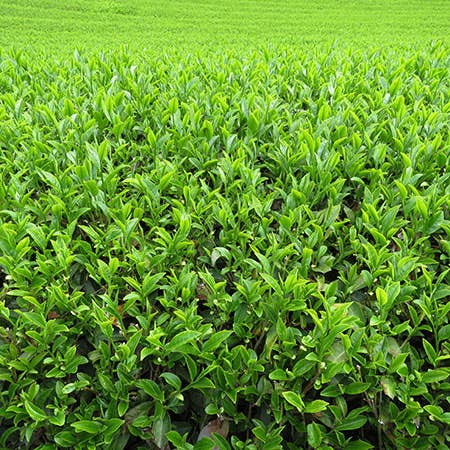
This cultivar was developed by the Tea Research Institute in Hangzhou, China, who derived Long Jing #43 from the China bush. Hangzhou itself is the home of Long Jing green tea (aka Dragon Well), from which this cultivar takes its name. Long Jing #43 produces an abundance of juicy first buds and young leaves, which are the most prized in Dragon Well production. It was also developed for its early sprouting in the spring, and for resistance to winter frost and disease.
This famous Japanese cultivar was first bred in Shizuoka prefecture in 1908, by a tea farmer named Sugiyama Hikosaburo. He found that a certain tea plant in his garden could survive the frost, deliver a high yield, and tasted great. He took cuttings, replanted it and named his cultivar Yabukita. Today it is the most widely grown cultivar of the tea plant in Japan, delivering a perfectly balanced sweet, vegetal and umami flavour that’s perfect for sencha teas.
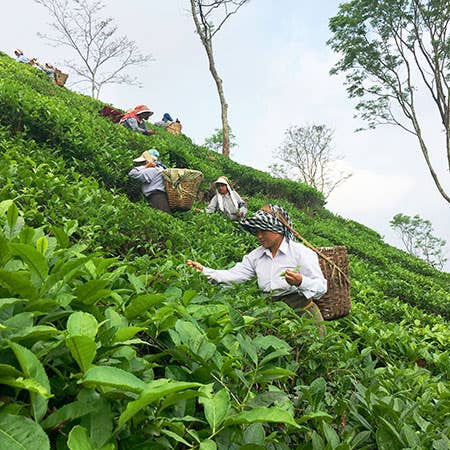
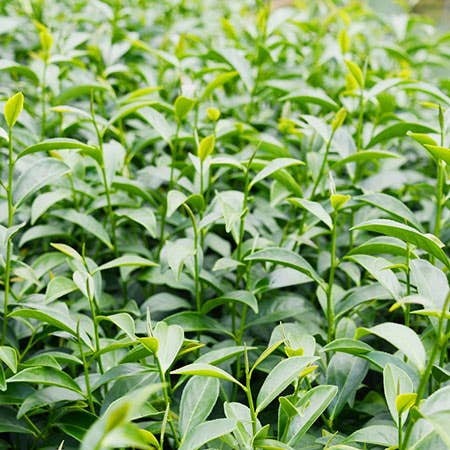
AV2 was first bred in Ambari Tea Garden of West Bengal in India as part of agricultural experiments undertaken in the 1960s. This cultivar produces fine leaves and large buds which are perfect for producing Darjeeling teas, especially the first flush teas in spring, which are prized for their florality and crisp, bright flavour.
This cultivar was developed by Taiwan’s Tea Research and Extension Station in the 1980s. Jin Xuan (or Golden Lily) is prized by oolong producers who grow their plants at high altitudes. It can survive the winter frost in the mountains and produces a large yield that does not compromise on the tea’s famously creamy texture and buttery flavour – so much so the tea is also known as ‘milk oolong’.
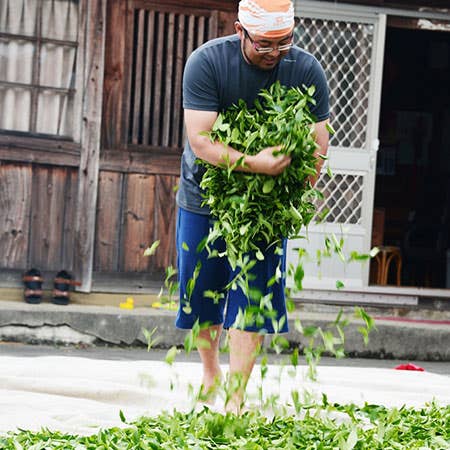
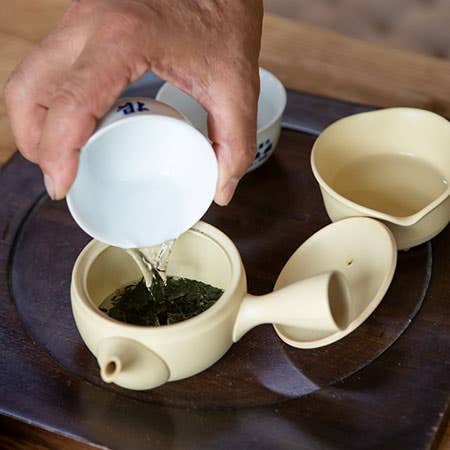
Panitola-126 Derived from the assamica tea bush, Panitola-126 was bred for its high concentration of chunky orange tips, which are valued in Assam tea production for adding complexity and maltiness to the region’s robust, second flush black teas.
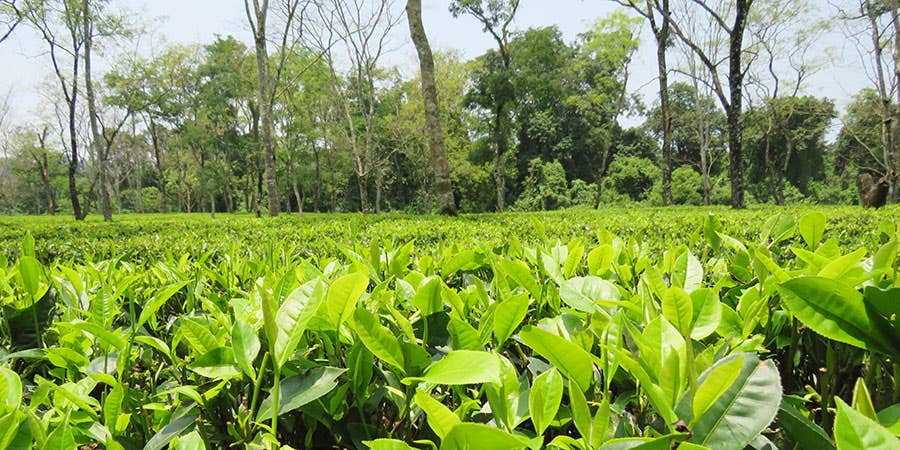
Tips For Finding High Quality Tea
Wondering what you can do with all of this exciting new information? Everything we’ve looked at here can help you make sure you’re getting the highest quality tea leaves. Here’s how:
- When shopping for your next tea, have a look for the cultivar that’s used. As well as the origin, the cultivar can be a helpful indicator of authenticity as you discover more about your favourite teas.
- Check which parts of the tea plant are being used to make up your tea. You can do this by inspecting the dry leaves or having a look at your infused leaves once they cool down. For example, with a Jasmine Silver Needle, there should only be silvery buds. If you’re only getting the leaves, good flavour is all but guaranteed.
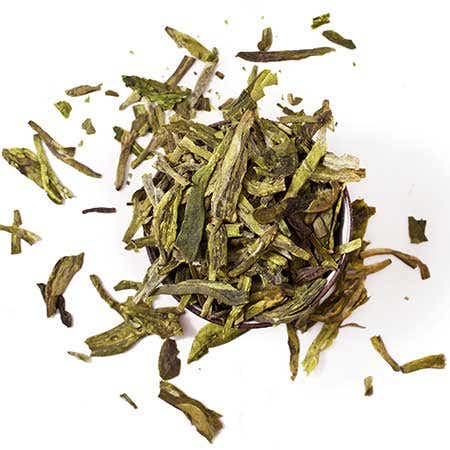
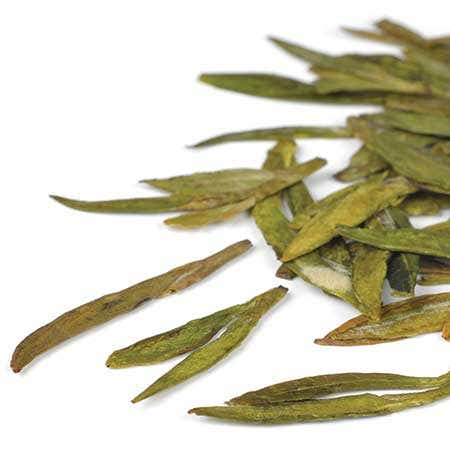
Coming up next in our Tea Fundamentals Series:
- The impact of origin & terroir on taste;
- The impact of picking seasons on taste;
- The impact of processing on taste;
- Identifying freshness and why it’s important
- How to prepare tea
- How to store tea

